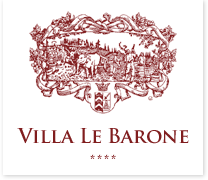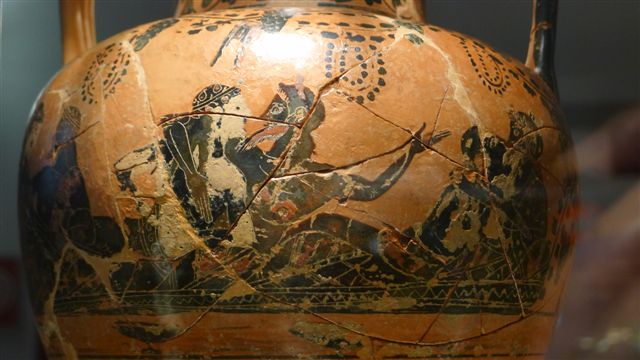The world is discovering the Etruscan civilization, a civilization of paramount importance for its artistic refinement and organizational skills.
The Etruscans lived between 900 and 100 BC. If their origins are still somewhat obscure, it now appears that the Etruscans are an Eastern or Anatolian population that aggregated to local Villanovan populations Iron Age.
No one knows for sure where they came from. Some said they always lived in Italy, others, like Herodotus, thought that they migrated from Asia- Minor around the twelfth century BC.
It is a civilization of great originality and who, like the Greek and Roman civilization, has greatly influenced our modern world. However the Etruscan language has not yet been deciphered and, contrary to the Greeks and Romans, the Etruscans have left us no literature.
Geographically, the Etruscan civilization flourished in Etruria, which covered the territory Tuscany and part of Umbria and Lazio.
Politically, the Etruscans had formed a loose union of cities, like in Greece. Most towns and villages had been established in natural defense position, protected by very strong walls on which were built and many Roman and medieval cities. Volterra, a beautiful city that can be visited from Hotel Villa Barone is an example. From the seventh to the sixth century BC, the Etruscans were the dominant power in Italy, but, little by little, they gave their hegemony and felt under the domination of Rome, even though many kings of the ancient Rome were Etruscans, including Tarquinius Superbus. Rome finally triumphed, but the Etruscan influence remained. Roman Emperor Claudius was a Etruscology’s expert, spoke the language and wrote an Etruscan history .The Medici were very proud of being “Etruscans Princes”. Lorenzo the Magnificent and intellectuals around him often referred to Etruria. The “Chimera of Arezzo”, a work famous Etruscan, bronze found in excavations, was restored by Cellini and placed by Pope Leo X Medici in the Palazzo Vecchio. It can be seen today at the Archaeological Museum of Florence.
Economically, agriculture, mineral resources, and trade were the three pillars of prosperity of the Etruscans. The Etruscans were one of the dominant trading powers of the Western Mediterranean, and their products, handicrafts and pottery in particular, have been found very far in Europe on the Black Sea and Carthage. From the eighth to the sixth century BC, the Etruscans developed agriculture in Chianti and introduced the cultivation of the vine. Etruscan wines were highly appreciated and exported throughout much of Europe, Greece, France and southern Italy. Thus became the renowned Chianti wine area today.
Artistically, the Etruscans demonstrated a brilliant originality, even though there is a clear influence of Greek art in Etruscan works, as trade between Greece and Etruria was very intense. Etruscans have left us, among others, decorations of tombs, paintings, sculptures, pottery or painted plates that give us a great idea of their intellectual and everyday life. In particular, the murals in tombs or on pottery show that women Etruscans had a much freer status than Greek or Roman women. The archaeological museums of Florence, Volterra, Castellina in Chianti, close to Villa le Barone, testify of the wealth of Etruscan art.
The boutique hotel Villa le Barone is an ideal starting point to discover the Etruscan civilization in Chianti. At 15 minutes from the villa, you will find Castellina in Chianti with the “Tumulus of Montecalvario”, the tombs of the “Necropolis of Poggino” and an Archaeological Museum dedicated to Etruscan art. Also at 15 minutes from the Villa you can see the archaeological area of ”Poggio alla Croce” located in Radda in Chianti and, a little further, on the territory of Gaiole in Chianti there are the remains of Cetemura, discovered in 1964, and where the “Florida State University” conducts archaeological research for over 20 years.
The Archaeological Museum of Florence, at 45 minutes from Villa Barone has a complete section on Etruscan art, and presents outstanding examples of animal sculptures in bronze and in particular the “Arezzo Chimera” (fifth-fourth century BC) . The Guarnacci Etruscan Museum, in Volterra, open since1761, is one of the best Etruscan museums in Italy. This is where Giacometti, the famous 20th century sculptor, found much inspiration for his own work.
You will find in the charming boutique Hotel Villa Le Barone itineraries to explore Chianti and Tuscany‘s Etruscan villages, as well as a number of books to read about this civilization which remains a mystery and so little known.

